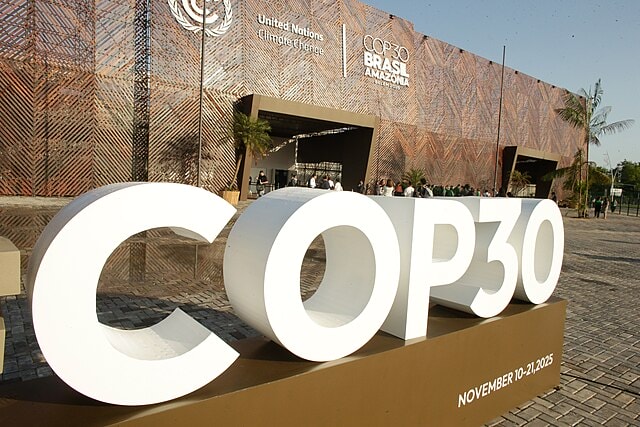In the past decade, responsible investment funds have witnessed an extraordinary surge: They have nearly tripled in size from 2012 to 2022, reaching almost $6 trillion in assets under management (AUM) according to a new CFA Institute report.
The CFA Institute’s analysis, titled “Responsible Investment Funds Build Consistent Market Presence,” also sheds light on key trends shaping this burgeoning market, including the dynamics of ownership, investor motives, and fee structures within the responsible investment landscape.
Here are some of the report’s key findings.
Tripling of Total Net Assets
Responsible investment funds have seen a remarkable 2.7× increase in total net assets, soaring from $2.2 trillion in 2012 to nearly $6 trillion in 2022.
This growth is an important testament to the increasing recognition and adoption of responsible investment principles in the global financial landscape.
For this analyses, the authors used data from the Lipper database, including Lipper’s definition of a “responsible investment”: A fund is classified as a “responsible investment” if it explicitly states that it “considers and acts on responsible investment factors when making investment decisions.”
Steady Market Share Growth
Despite the exponential growth, the market share of responsible investment funds has remained relatively constant, increasing from 14.2% in 2012 to 15.4% in 2022.
As the report authors note, “[t]his finding suggests that these funds are not gaining popularity at the expense of non-responsible investment funds — rather, their growth is in line with the broader investment fund market.”
Ownership Trends
Globally, retail investors dominate the ownership of responsible investment funds. However, in a notable shift, institutional assets in the United States surpassed retail assets in 2018, indicating changing preferences in demand.
This shift, the CFA Institute writes, suggests that institutional investors are increasingly recognizing the long-term value and impact of responsible investments.
Related Articles: ESG Is Here to Stay, Investors Say | ESG Investing Pays Off, Report Shows | EU Companies Spending More on ESG Than They Used to, Report Finds | How Much Are We Investing in Climate Tech?
Divergent Motives for ESG Incorporation
Despite differing motives between retail and institutional investors for incorporating Environmental, Social, and Governance (ESG) factors, both prioritize negative screening funds according to the report.
Institutional investors also exhibit a preference for positive screening funds, emphasizing investments with higher ESG characteristics. This indicates a nuanced approach to responsible investing strategies based on investor type.
Fee Structures Across Regions
The report delves into the comparison of fund fees between responsible and non-responsible investment funds. In the United States, the fees of responsible investment funds are largely in line with those of non-responsible investment funds, reflecting a market where responsible investment does not come at a premium.
In contrast, Europe stands out with responsible investment fund fees consistently lower than their non-responsible counterparts, indicating a potential incentive for investors to choose sustainability without compromising returns.
The past decade has witnessed a remarkable transformation in the responsible investment landscape, with funds experiencing unprecedented growth. The CFA Institute’s insightful report not only quantifies this growth but also provides valuable insights into the nuances of ownership, investor motivations, and fee structures.
As responsible investment funds continue to shape the financial landscape, understanding these dynamics becomes crucial for investors, fund managers, and policymakers navigating the evolving terrain of sustainable finance.
Editor’s Note: The opinions expressed here by the authors are their own, not those of Impakter.com — Featured Photo Credit: PickPic.














